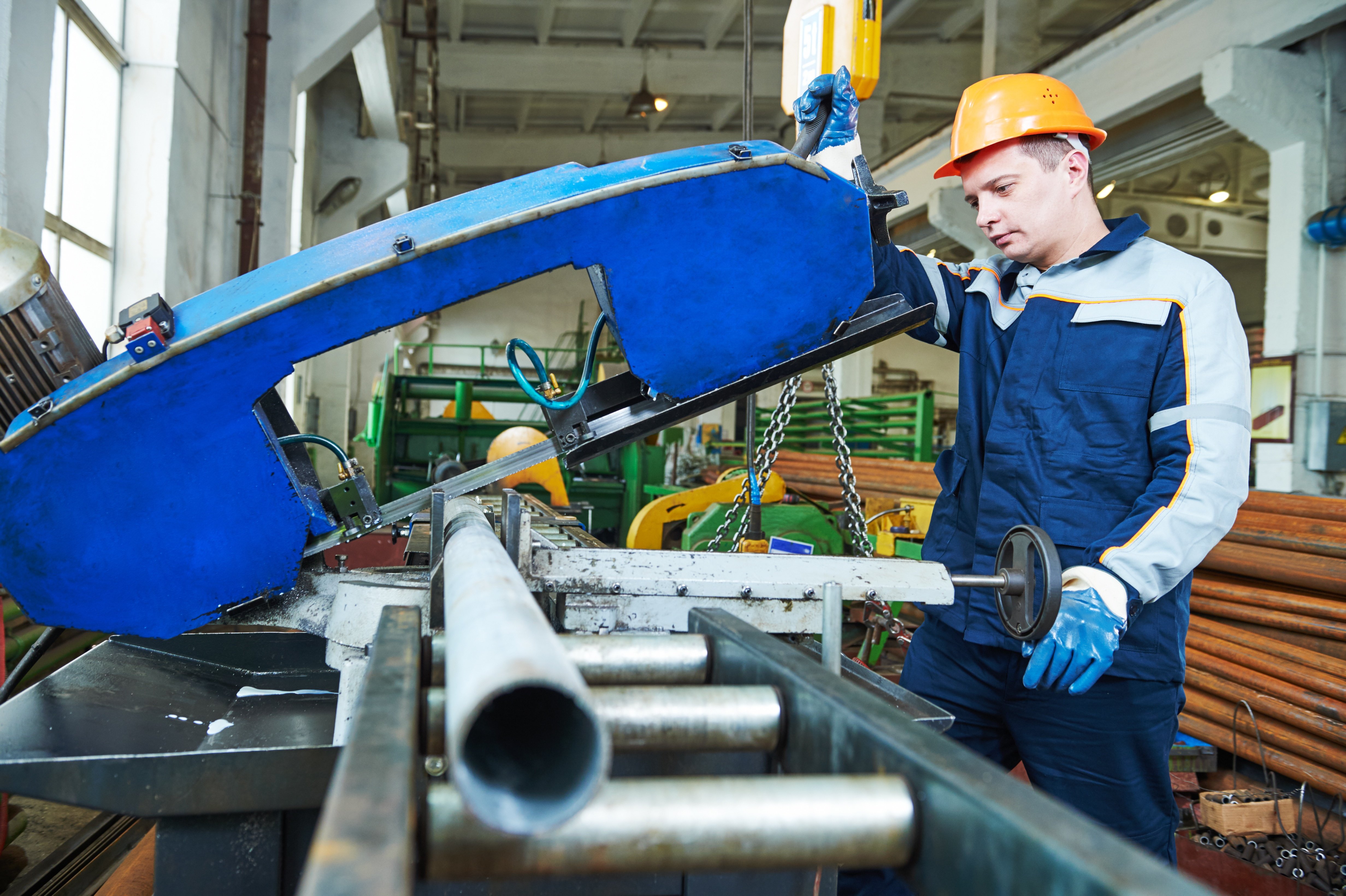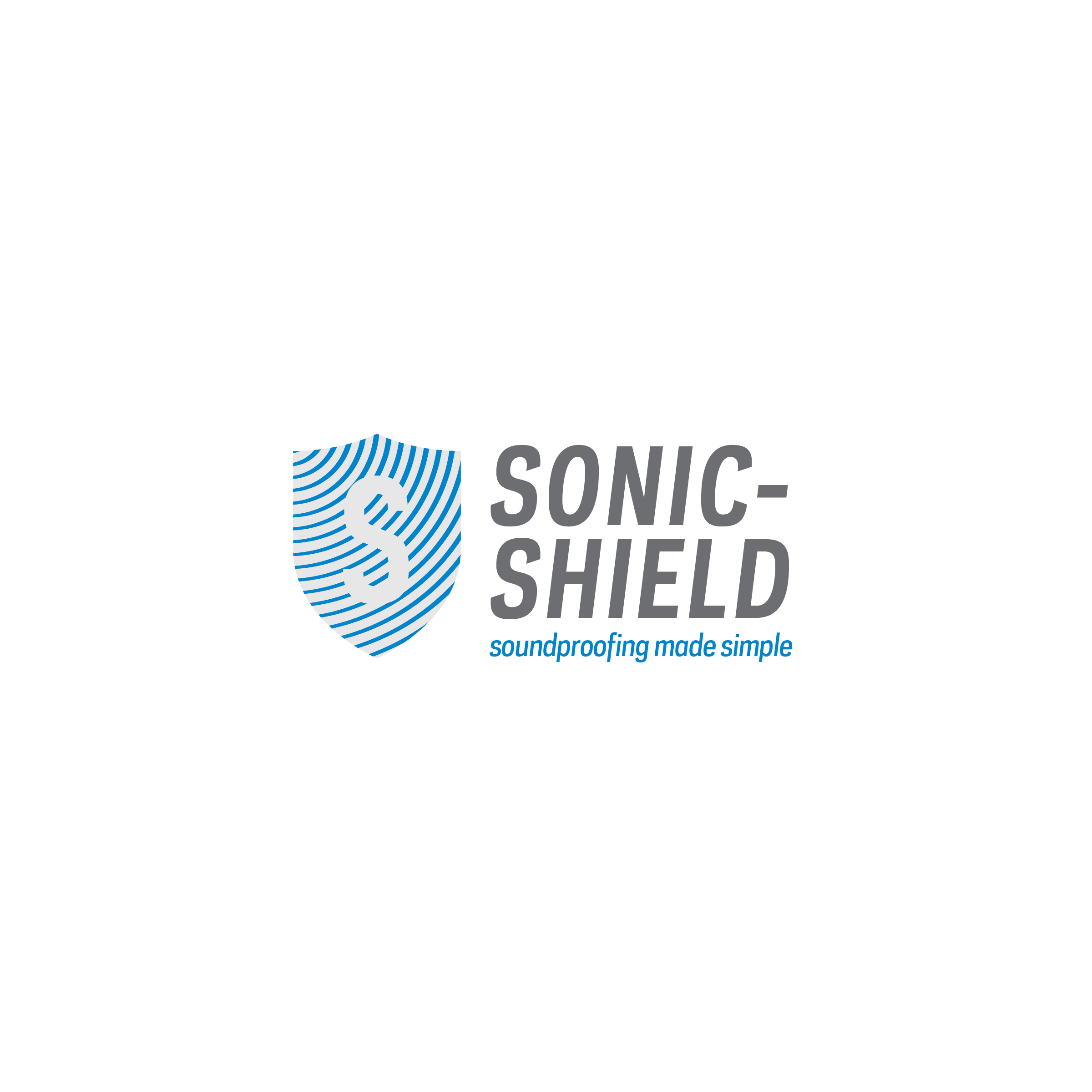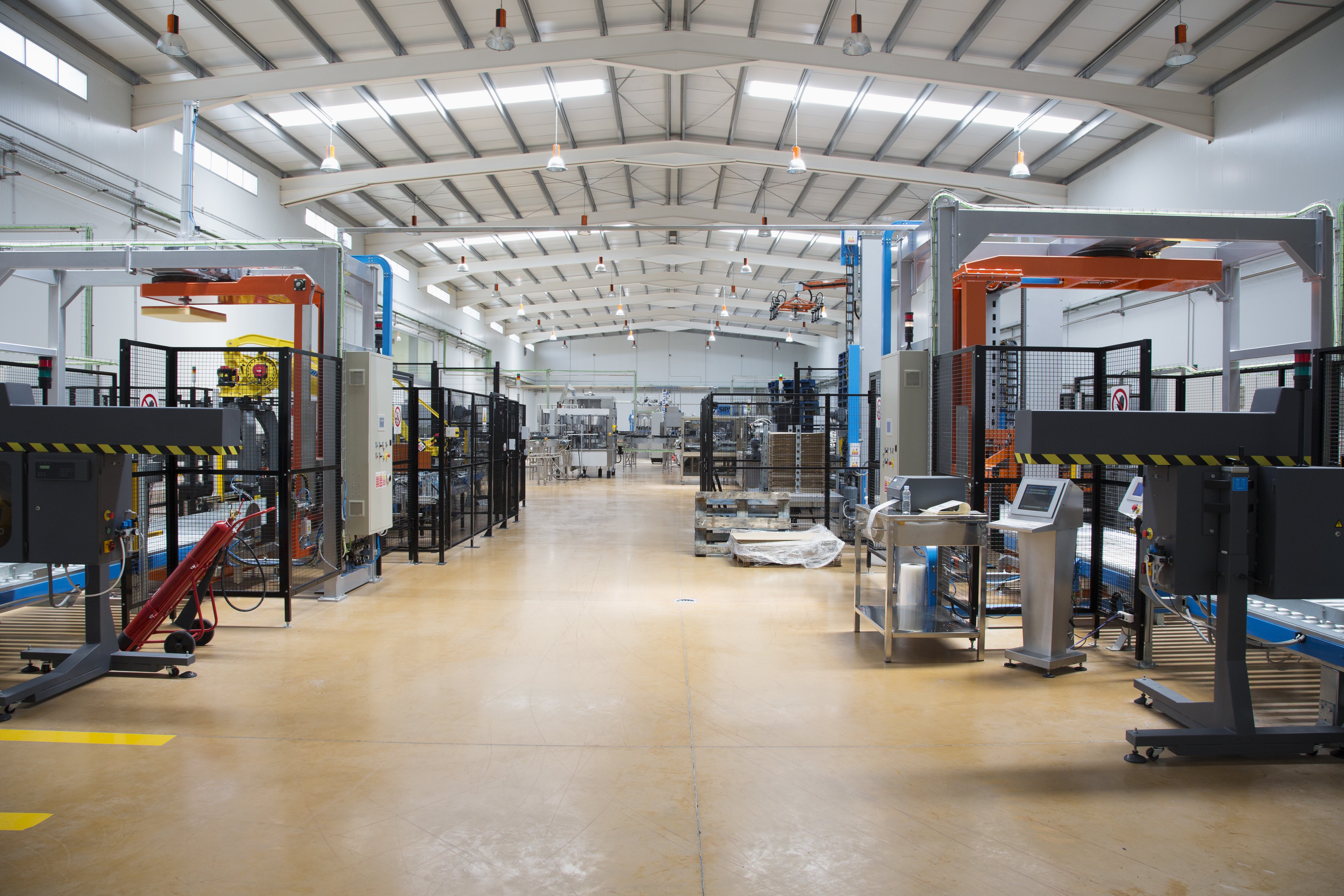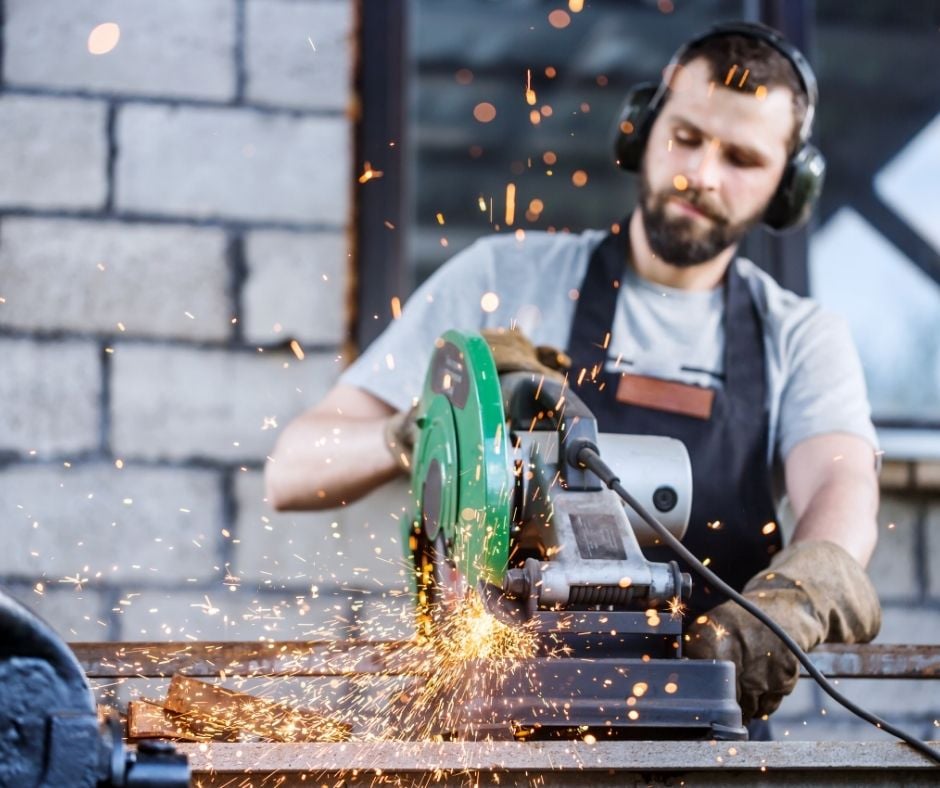
As a business owner, it’s important to understand the impact of noise to not only adhere to the specific noise regulations your particular location or community may have but also to ensure compliance with the Occupational Safety and Health Administration (OSHA). And as we’ve discussed before, it’s important to understand how such noise may result in temporary or permanent hearing loss, create physical and psychological stress, reduce productivity, interfere with communication and concentration, and contribute to workplace accidents and injuries by making it difficult to hear warning signals.
The Cost of Noise Violations
Beyond the human cost of excessive noise in the workplace, there are also the financial implications to consider. Last year alone, U.S. businesses paid more than $1.5 million in penalties for not protecting workers from noise and an estimated $242 million is spent annually on workers' compensation for hearing loss disability. But industrial or manufacturing noise, while a common term used in the soundproofing industry, is a label whose definition can be somewhat subjective. How OSHA defines the hazard of ‘noise,’ however, is much more objective. OSHA requires noise monitoring when exposure levels in the workplace equal or exceed the 85 dBA action level.
Noise As A Safety Concern
The National Institute for Occupational Safety and Health (NIOSH) estimates that 30 million workers in the United States are exposed to hazardous noise. In fact, NIOSH reports that occupational hearing loss is one of the most common work-related illnesses in the United States, with roughly 22 million U.S. workers exposed to hazardous noise levels at work annually. But how, exactly, can business owners proactively recognize excessive hazardous noise in order to protect the welfare of their employees?
Where To Start
A common rule of thumb to determine if the noise level is hazardous is recognizing if you have to shout over background noise to communicate with someone only an arm's length away. As mentioned previously, the first step in effectively deploying the right noise control measures is conducting a sound study to help identify the noise source and quantify the amount, severity or frequency of the noise in the facility. A thorough sound study will also identify the noise transmission path from the noise source to the impacted area or party. Having identified the offending noise(s), determined the noise transmission path(s) – the source of the noise and determining how it reaches the ear – business owners are then equipped to make the necessary adjustments to their manufacturing facility to ensure safety and compliance.
At Sonic-Shield, we have professionals who can help conduct your sound study and advise on the best sound-dampening methods and solutions for you to use to comply with OSHA’s regulations, ensure the safety of your employees and create neighborly goodwill. Make hearing conservation part of your corporate culture. Get in touch with our acoustical experts to complete the proper testing and get recommendations for the best solutions to keep you compliant.





